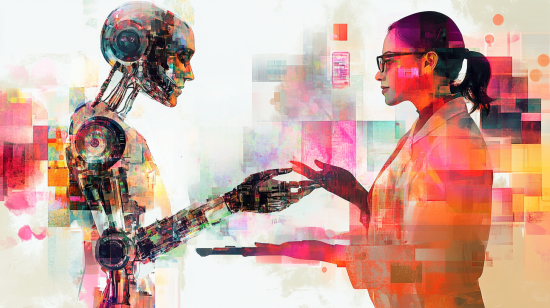
OpenAI has introduced a new tool to measure artificial intelligence capabilities in machine learning engineering. The benchmark, called MLE-bench, challenges AI systems with 75 real-world data science competitions from Kaggle, a popular platform for machine learning contests.
This benchmark emerges as tech companies intensify efforts to develop more capable AI systems. MLE-bench goes beyond testing an AI’s computational or pattern recognition abilities; it assesses whether AI can plan, troubleshoot, and innovate in the complex field of machine learning engineering.

AI takes on Kaggle: Impressive wins and surprising setbacks
The results reveal both the progress and limitations of current AI technology. OpenAI most advanced model, o1-preview, when paired with specialized scaffolding called AIDE, achieved medal-worthy performance in 16.9% of the competitions. This performance is notable, suggesting that in some cases, the AI system could compete at a level comparable to skilled human data scientists.
However, the study also highlights significant gaps between AI and human expertise. The AI models often succeeded in applying standard techniques but struggled with tasks requiring adaptability or creative problem-solving. This limitation underscores the continued importance of human insight in the field of data science.
Machine learning engineering involves designing and optimizing the systems that enable AI to learn from data. MLE-bench evaluates AI agents on various aspects of this process, including data preparation, model selection, and performance tuning.

From lab to industry: The far-reaching impact of AI in data science
The implications of this research extend beyond academic interest. The development of AI systems capable of handling complex machine learning tasks independently could accelerate scientific research and product development across various industries. However, it also raises questions about the evolving role of human data scientists and the potential for rapid advancements in AI capabilities.
OpenAI’s decision to make MLE-benc open-source allows for broader examination and use of the benchmark. This move may help establish common standards for evaluating AI progress in machine learning engineering, potentially shaping future development and safety considerations in the field.
As AI systems approach human-level performance in specialized areas, benchmarks like MLE-bench provide crucial metrics for tracking progress. They offer a reality check against inflated claims of AI capabilities, providing clear, quantifiable measures of current AI strengths and weaknesses.
The future of AI and human collaboration in machine learning
The ongoing efforts to enhance AI capabilities are gaining momentum. MLE-bench offers a new perspective on this progress, particularly in the realm of data science and machine learning. As these AI systems improve, they may soon work in tandem with human experts, potentially expanding the horizons of machine learning applications.
However, it’s important to note that while the benchmark shows promising results, it also reveals that AI still has a long way to go before it can fully replicate the nuanced decision-making and creativity of experienced data scientists. The challenge now lies in bridging this gap and determining how best to integrate AI capabilities with human expertise in the field of machine learning engineering.
Author: Michael Nuñez
Source: Venturebeat
Reviewed By: Editorial Team



